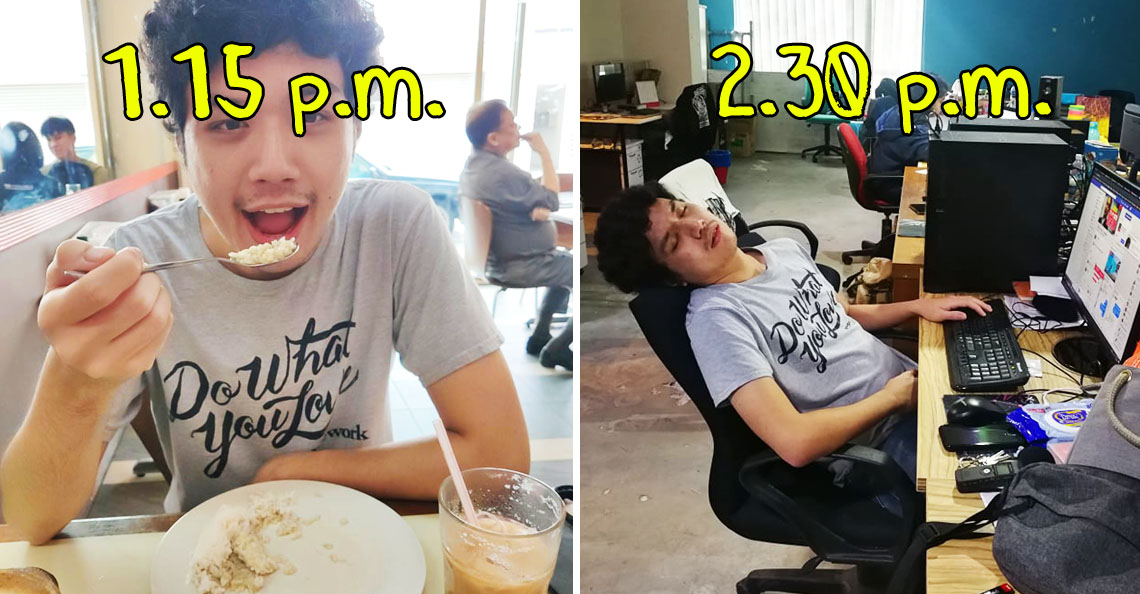5 everyday things Malaysia can really thank India for
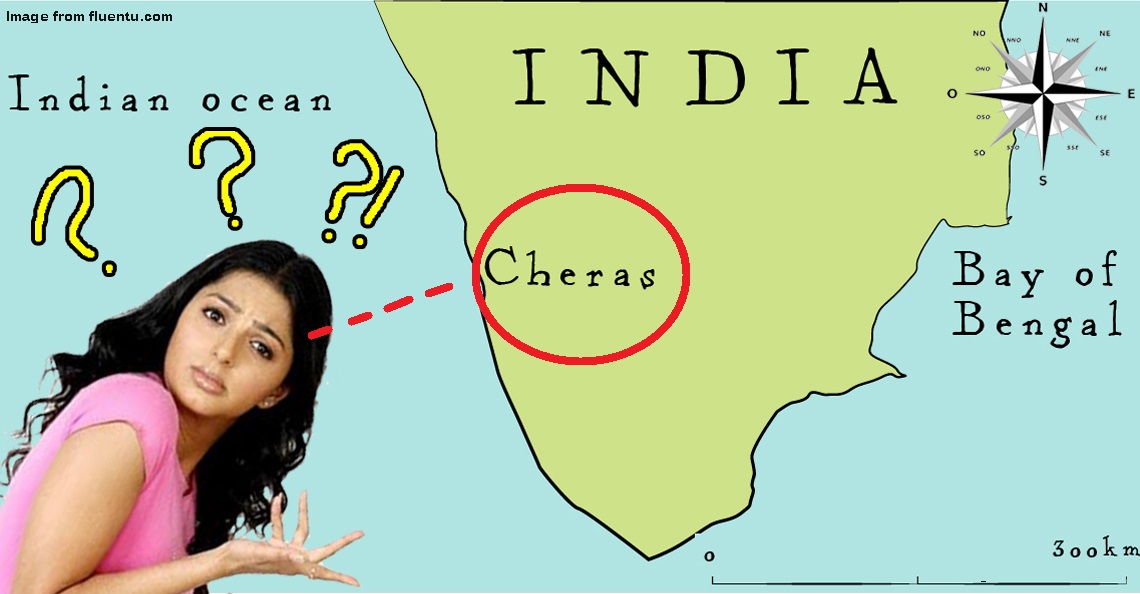
- 7.0KShares
- Facebook6.4K
- Twitter63
- LinkedIn83
- Email145
- WhatsApp347
Before the roti tissue and roti bom, roti canai was already an iconic Malaysian favourite. As most of us probably know, before it became “Malaysianised“, roti canai is actually inspired by the Indian flatbread, pratha/parotta.
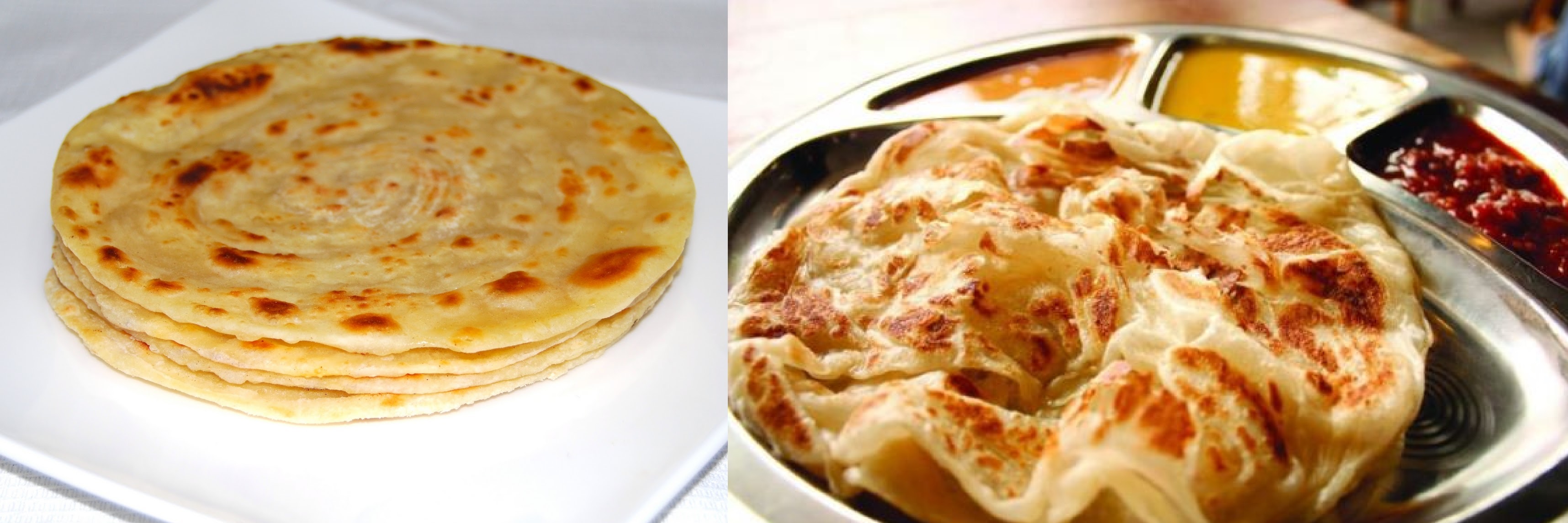
But besides mamaks and roti canai, rojaks and Thaipusam, cendols and Pongal, how much do we really know about the history and culture of our Indian brothers in Malaysia?? Actually, how much do the Malaysian Indians even know about themselves???
To learn more about this ancient civillisation, why not visit India yourself?
If you remember your sejarah, the Indus civillisation was one of the 4 earliest civillisations to exist in the world. Counting from there, the Indian civillisation has existed for the period of more than 5000 years. In that time, it has introduced us to the concepts of Hinduism, it gave us Taj Mahal, one of the most iconic monuments of love. It was the birthplace of Mahatma Gandhi, the world renowned peace advocate, and curry: a dish the United Kingdom officiated as their national dish.

If you have been wanting to plan a trip to India, it might interest you to know that our friends at AirAsia are offering up to 50% off for flights to India. The promotion is only running from now to 6th of August 2017, and the travel period is from 31st of July to 18th of December, 2017.

Oh, and the banner not enough space to put 4 other destinations – AirAsia also flies to Chennai, Kochi, Bengaluru and Tiruchirappalli. In the meantime, we thought we would give ugaiz a beginner’s course on some of the things Malaysians use everyday that actually originated from India… or from an Indian.
1. If you can say “kedai” and “kapal”, then you already know a bit of Tamil!

Unless you’re a linguist or very inspired by the “Arrival” movie, people probably never thought much about where everyday words came from and how people decided on the name of words and things. We know that a lot of words in Bahasa Malaysia was obviously borrowed from English, like “telefon“, “universiti“, and “plastik“.
But it turns out, plenty of BM words have been borrowed from the Tamil language too! In fact, there’s even a 381 paged book that details a list of words that were borrowed from the Tamil language, simply titled “Kata Pinjaman Bahasa Tamil dalam Bahasa Melayu“. Some examples are:
- Kedai from Kadai
- Kapal from Kappal
- Bumi from Bhumi
- Negara from Nagaram
- Tali from Tali
- Raja from Raja
- Suria from Surya
- Kaka from Akka
But in India, their culture and history is long and old, as evident from the 22 different official languages recognised in the Eight Schedule to the Constitution of India. Unofficially, there are 750 to over 1000 languages depending on different criteria and number of speakers.
But there are a few special things about the Tamil language. It is one of the oldest languages in India and in the world that’s still being spoken today. It’s even recognised as one of the 2 classical languages of India.
2. Why are a lot of money changers Indians? There’s a historical reason for that

We’re pretty sure that plenty of you have noticed that a lot of money changing operators are Indians. In fact, many people online are curious as to why is this a thing as well. Before any angry comments about racism gets sent out, this trend actually has a legit historical explanation behind it.
We once interviewed the vice-president of a money changing company, and he told us that around the 1900s, a lot of the early money changing services were started by South Indian settlers, the Panaikulam and Arrasakulam people in particular.

“They mostly settled in Penang in businesses such as money exchange and restaurants.” – Sarveswarren, Merchantrade
Supporting evidence for this is mentioned in an UNESCO document about the Chettiars, a village cluster of Tamil merchants from a lineage of wealthy traders and financiers who extended their fortunes to the whole of Southeast Asia, particularly during the second half of 19th and early 20th century.
“The Chettiars have extended their activities and settled their business over South East Asia, in particular in Burma, Vietnam, Malaysia, Singapore, Indonesia and Ceylon where they have built temples. ” – UNESCO
A specific community known as the Nattukottai Chettiar seems to be the most famous for building temples and other philanthropic acts. And if you remember the brief history lesson before this, some say that they are the only Chettiar group to have descended from the Chola Kingdom. Maybe you can verify it yourself by visiting Chennai or Tiruchirappalli, as it used to be Chola territory, and are AirAsia destinations too.
3. Two famous Malaysian town names could have been places in India
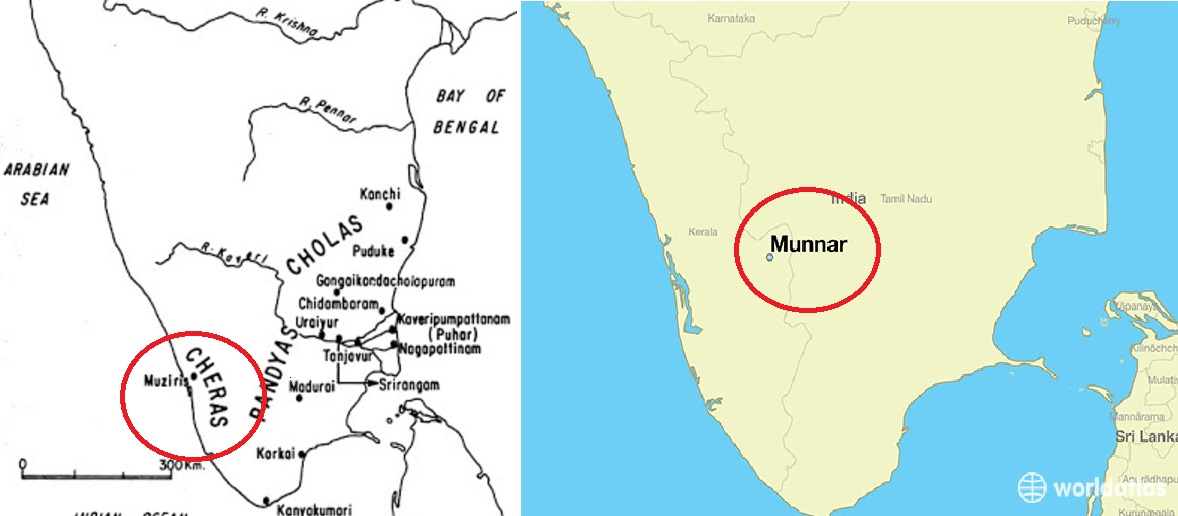
For those that might need a geography lesson, Muar is the district that houses the capital of Johor, while Cheras is a district in KL that’s famous for having one of the longest pasar malam in Malaysia, and more recently IKEA Malaysia’s second branch. But it turns out, the names of these two places might actually be inspired by India.
Long ago, there was a land called Tamilakam (literally means homeland of the Tamils), where the ancient Tamil people lived and flourished. 3 major kingdoms, also known as the Three Crowned Kings, ruled Tamilakam, they were the Pandyas, Cholas, and … CHERAS, which in Sangam Tamil means “hill country“. The kingdom is actually called Chera, but it’s called Cheras when we refer things that belong to it (like “Malaysians”).
Forget IKEA and the pasar malam our Cheras have, ancient Chera was a major port in those ancient times, and they traded with great civilisations like Rome, Greece, the Middle East, and China. On top of that, the Cheras empire had a magnificent army, and one of the most powerful navy fleets of that time. It is said they even once defeated the combined forces of the other 2 kingdoms and their allies. But eventually, they collapsed and were integrated into the Chola empire.

Muar, on the other hand has a less complicated backstory. It’s believed that Muar came from the Tamil words “Munu” and “Aru“, which means “three” and “rivers” respectively. In Kerala (India), there’s a town called Munar where the rivers Mudhirapuzha, Nallathanni and Kundaly meet. Perhaps not coincidentally, Muar river, Serting river, and Pahang river also all meet in Muar.
At the same time, the origin of a place punya name can be very debatable, especially in Malaysia because of all the culture we had in the past, so these are merely the most interesting theory that we found. Another theory for Cheras’ name include the Malay word “teras” as in core of a tree trunk. For Muar, it could have also come from the Malay word “muara”, which is the part where the river meets the sea. The again, “muara” could also be a Tamil borrowed word, though we can’t confirm that.
4. An Indian scientist made the modern smartphone possible
In Malaysia, a Department of Statistics 2015 survey found 97.9% of households have mobile phones, while another statistic portal estimates 57% of Malaysians will have a mobile phone by this year. No matter who you ask, it’s agreed that at least 10 million Malaysians (a third of the population) are using mobile phones.
But the gadget you’re probably using to read this right now also owes its creation to an Indian Scientist. Wireless communication, e.g. hand phones was still a fantasy in the late 1800s and early 1900s, which were in the days of Indian scientist Jagadish Chandra Bose.

Bose, born in Munshiganj, was a polymath, which is what a person with expertise in many fields is called. Apart from being a physicist, he was a biologist, a botanist, a biophysicist, an archaeologist, and a science-fiction writer (probably because cat videos haven’t been discovered yet). But out of all of that, the thing he was most famous for was proving that radio waves could be used for communication.
He demonstrated it by exploding some gunpowder and ringing a bell from afar using radio waves (yea like a Jedi), but this was of course far from an actual working radio. Without something to receive or detect the radio waves, communication was only halfway possible. But Bose had that covered too.

He became the first to detect radio waves using semiconductors, and he was also accredited to the invention of many important wave-detecting components. Wireless technology has come a long way since then, we’re now using weird combinations of radio and microwaves to make WiFi signals, and smart phones now fill the streets.
“J.C. Bose was 60 years ahead of his time.” – Sir Nevill Francis Mott, a physics Nobel Prize winner in 1977 wrote of Bose
5. Our high speed internet might not have exist without this Sikh man
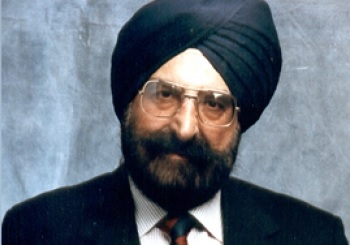
No ugaiz, this is not an Indian tech support joke.
We all (at least for those in KL) live and breathe internet on a daily basis, where can accept if you walk into a fancy cafe and find out there’s no free Wifi?! How to go back to dial-up when you’ve already experienced wireless internet!? But much more than being stereotyped for fixing computer problem, an Indian actually invented the fiber optic.
For non-tech geeks, fiber optics are basically a very canggih type of wire that can carry much more information than normal wires. Not only that, it can also carry them 5 -10 times faster, mainly due to the fact that it’s mostly empty space inside, and the information is carried by light rays.
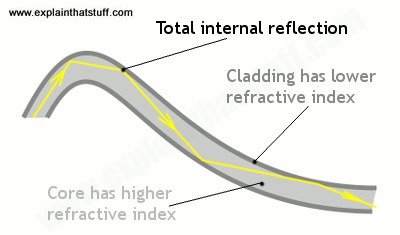
Narinder Singh Kapany is a Sikh physicist born in Moga, northwest of New Delhi (which AirAsia flies to by the way), and also widely regarded as the “Father of Fiber Optics“. Not only was he the one who coined the term “fiber optics” back in 1960 (since he invented it), he was even the first Indian to start a company in Silicon Valley, dealing with optics technology.

In case you didn’t know, close to 70% of Malaysians have access to the internet, and more than half of the Malaysian population are on Facebook. So the next time you’re using your UniFi, Maxis or TIME internet, you know which big bearded Sikh man to be thankful to.
WAH tenkiu India!
Seeing how vast and old the history of India is, we might never truly know everything about India’s past and our Indian brother’s origins. While almost the same thing could be said about all the other colourful races that live in Malaysia, learning about each other’s past could perhaps help us understand ourselves better, and gain some new found respect for the various races that form Malaysia.

So the next time you go to Cheras, or scroll Facebook on your new smartphone, just remember that a whole lot of history and strokes of genius went into the little things we have today. Oh, we don’t know…like this AirAsia promo to all 10 destinations in India 😉

- 7.0KShares
- Facebook6.4K
- Twitter63
- LinkedIn83
- Email145
- WhatsApp347



